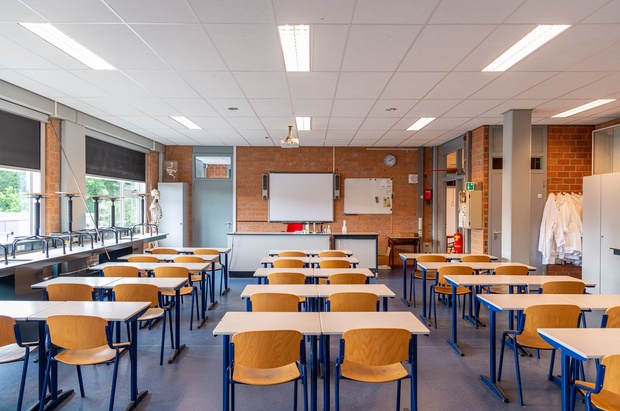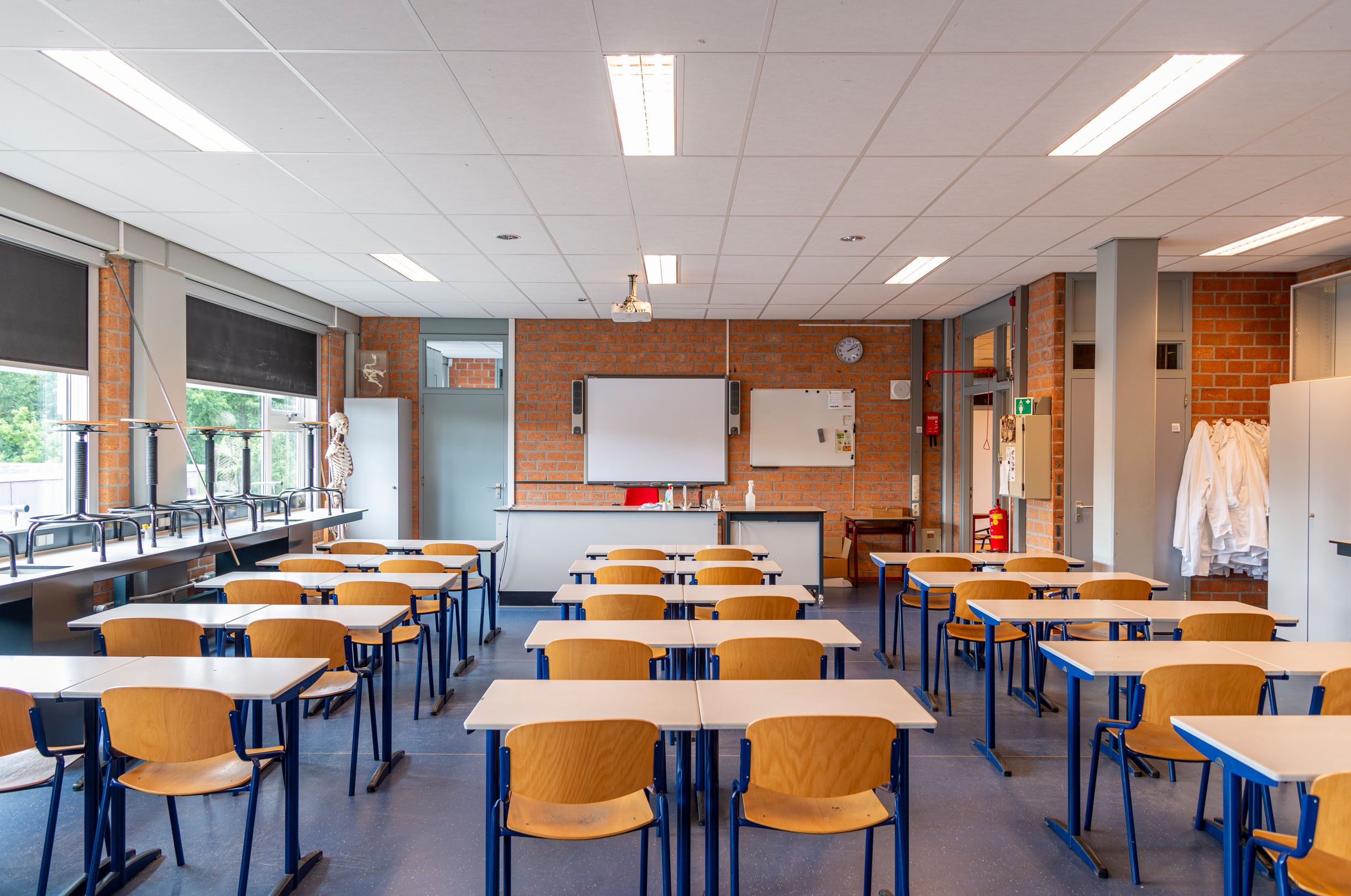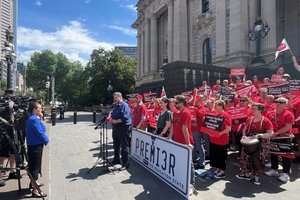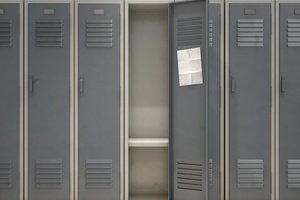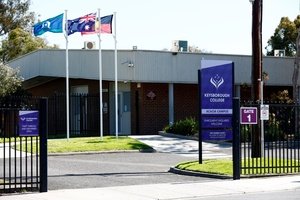In Term 2 this year, one in 10 students were chronically absent, with more than 80,000 students missing in excess of three weeks of school during the term.
Since 2015 chronic absence has doubled in secondary schools and almost tripled in primary schools, the report shows.
More than half of students who are chronically absent from school do not go on to achieve NCEA Level 2. They have higher rates of offending, are more likely to be victims of crime, and are more likely to live in social and emergency housing as adults.
A statement from the ERO says that by the age of 20, they cost the Government three times as much as students who go to school.
“We found that despite the dedication of schools and attendance services, the current system to get these students back to school is not effective and needs substantial reform,” a spokesperson for ERO says.
“Action is too slow, and students fall through the gaps.”
The research found half of schools do not refer students to attendance services and often intervention is too late.
More than half of school leaders and attendance service staff report there aren’t good options to enforce good attendance.
To reverse the trend of increasing chronic absence, ERO is recommending substantial reform that increases the focus on preventing students from becoming chronically absent, puts in place timely and effective targeted support, and does more to ensure students stay in school once they return.
But principals say that while a robust monitoring and enforcement system, as suggested by the ERO, is important, an effective reformation of the system should place principals and whānau at its centre, focus on increased resourcing so schools can meet their individual needs, and address wider socioeconomic inequities.
“To put into place the system ERO is describing – where schools work with parents, whānau and Government agencies to get chronically absent kids back into the classroom – takes funding and for Government to listen to the individual needs of a school,” NZEI Te Riu Roa President Mark Potter said in a statement.
“What works successfully for one school may not work for another.
“Educators need to be listened to when they say what their specific needs are.
“The needs of rural schools will be different to urban schools. Kura Kaupapa Māori or Ngā Kura Kura ā-iwi (who were not visited as part of the data gathering) will have their own specific needs.”
ERO too, says that the necessary reform will require additional funding that matches the level of need.
“Instead of funneling money to the ambulance at the bottom of the cliff once ākonga have left the education system, let’s get that investment happening sooner in the lives of these tamariki.
“Education is not in a vacuum and there needs to be a society wide approach of addressing inequality,” Potter added.

